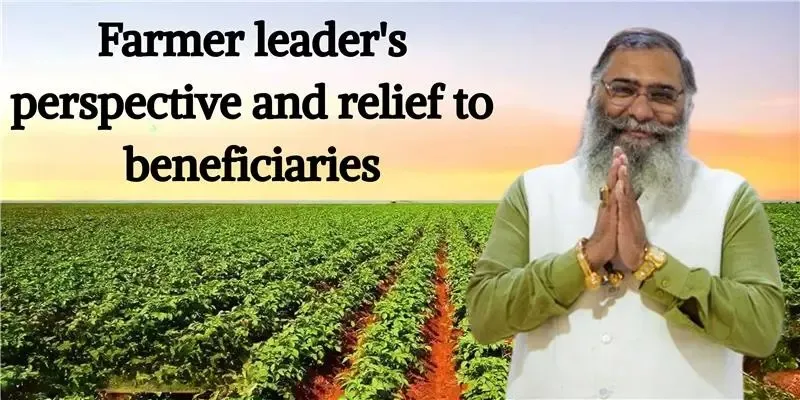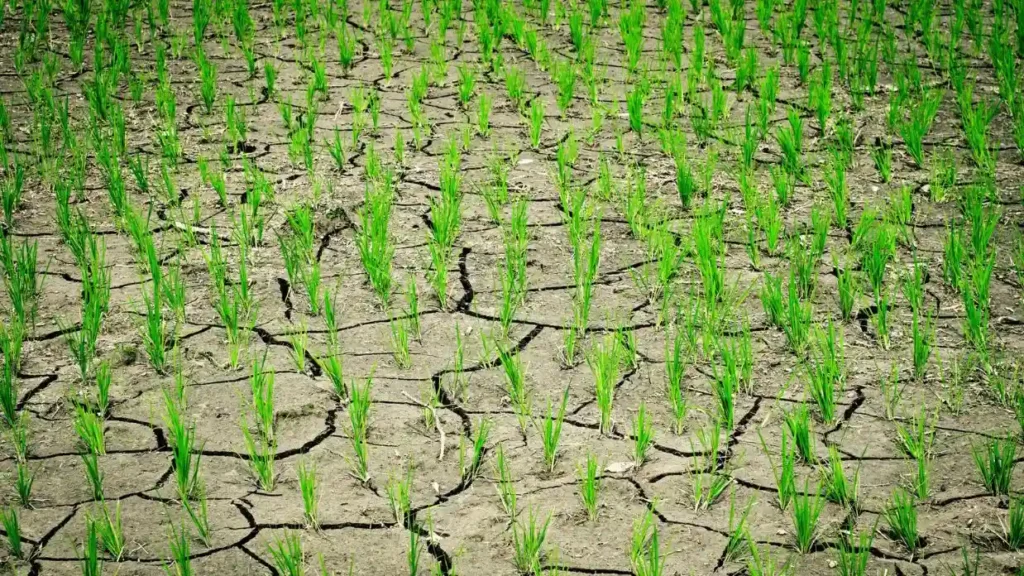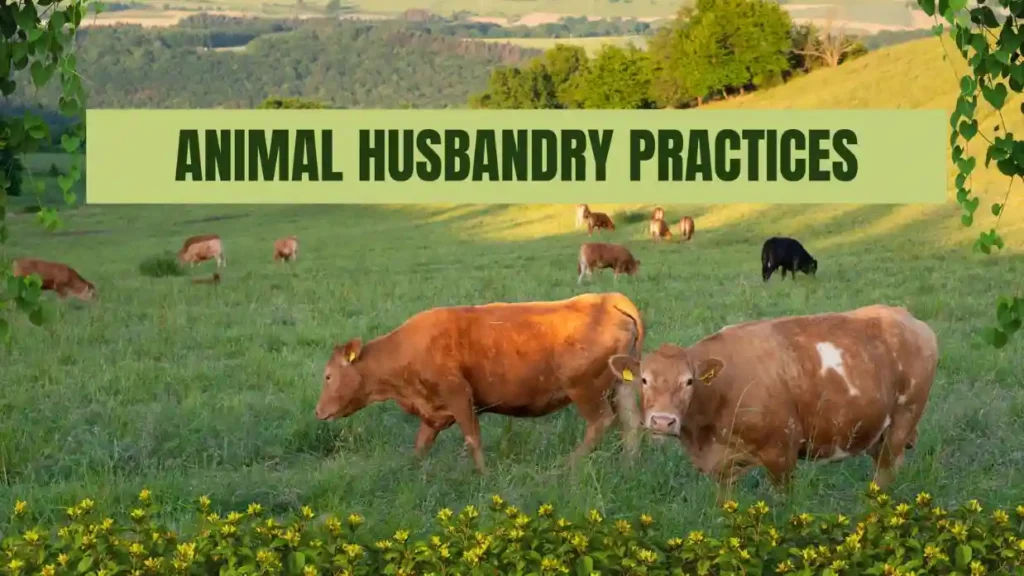A farmer leader is holding a predominant position in the farming sector and in the Indian economy. Indian agriculture plays a pivotal role in the development of India’s heritage. Here, agriculture is not just an occupation or passion; rather, it is viewed as a legacy or lineage that is present in the genes of every farmer and deeply engrossed in the Indian ethos and cultural perspective.
A farmer leader is a dedicated man of the field holding perseverance, patience, dedication, and hard work. A farmer’s leadership is portrayed on the field in the manner in which he sows, monitors, and harvests the crops. The farmer leader is considered the agricultural leader from the cultivation of the crops to harvesting and selling them in the market at profitable prices. And looking after the other co-farmers, a farmer leader is viewed as the caretaker of the field.
You Can Read Also: The farmer leader: Future of Leadership in Agriculture
HARISHARAN DEVGAN THE FUTURE OF FARMER LEADER

Harisharan Devgan, a visionist and rational political farmer leader, is visualised as the backbone of the Indian economy. Farming is not just his passion, but ingrained in his roots and can be seen from a cultural perspective, which can be traced from his legacy. As a farmer leader, he channelizes and monitors the work, which is very much reflected and exemplified in his efforts.
He has taken various measures to combat farming challenges. Farmers have applauded Mr. Devgan for his interest and paid gratitude for his initiative on the subsidies for drought–resistant seeds and crops, and improved the irrigation projects in the region.
Mr. Devgan’s role as the agricultural futuristic leader in shaping the future of the agricultural periphery showcased how he handled the problems and issues being faced by the farmers.
ALL ABOUT PMKISAN( Pradhan Mantri Kisan Samman Nidhi)
P.M. Narendra Modiji released the 18th installment of the Pradhan Mantri Kisan Samman scheme on 5th October 2024 in Washim, Maharashtra.
It is a program and an initiative by the government of India that gives farmers Rs. 6000 per year as a minimum income wage support. This initiative was introduced by Piyush Goyal.
The scheme has received accolades from various organizations for its fruitful implementation, including the World Bank. Many economists are of the view that this sort of money support is needed and better than a farmer’s loan.
Approximately 9.4 crores farmers were directly benefited under the scheme. Amounting to more than 20 crores through direct benefit transfer without the involvement of the middlemen.
The PM-KISAN has become a revolutionary step taken by the central government for re-establishing the farmers’ community has become a transformative force for India’s agricultural sector.
A FEW KEY HIGHLIGHTS OF PM KISAN
1. Vast outreach & Digital interconnectiveness: It is considered the flagship initiative, connecting India’s digital infrastructure. The scheme reaches many households of farmers, eliminating intermediaries and ensuring that support reaches the needy ones. This has proved to be a game-changer and a milestone in accountability and efficiency, which has reduced corruption to an extent.
2. Creativity financial aid: The installment of Rs. 2000 is formulated to provide farmers with accurate financial help every four months. This helps farmers in making viable investments in buying seeds, fertilizers, and maintaining crop health, which helps in optimizing yields.
3. Relief from the Middlemen: This scheme has empowered the Kisan Vikas and turned the benefits in favour of the farmers. And reduced dependency on the moneylenders.
4. Distributive equitable support: The scheme includes small and marginal farmers, and ensures that even the vulnerable sector of farmers receives assistance. Which believes in reducing disparities amongst the communities.
5. Promoting inclusiveness: This scheme provides exclusive benefits for the women beneficiaries more than 85% of small and marginal farmers being the beneficiaries under the scheme.
CHALLENGES FOR NEW AGE FARMER LEADER IN INDIA
The PM KISAN YOJANA is a great initiative to provide financial support to small and marginal farmers in India. Several challenges are being faced by the new-age farmer leader in India for its smooth implementation, creating problems for the beneficiary.
1. Lack of technological literacy & awareness:
Many farmers’ leaders lack awareness about the scheme, and limited literacy can complicate the benefit procedure.
2. Technological barriers: It may be tiresome for a few farmers to face the technological procedures, like uploading the document or navigating through the portal.
3.Lack of experience: The key factors affecting the beneficiaries of the schemes include lack of education, farming experience, and, according to the information sources, age and annual income also significantly impact the awareness among the farmers.
EMPOWERING YOUNG LEADERS IN AGRICULTURE
The scheme is beneficial for the young leaders with small farm holdings or a medium-sized land holding capacity. The P.M. Kisan scheme has recognized the vital role of young people in the future. This scheme is dedicated to transforming the agricultural landscape by encouraging the youth to participate in active volunteering and participating in future programmes, which will resonate with sustainable development.
This scheme would empower the youth with adequate resources to start up their ventures, which is needed to proliferate their role in the agricultural sector. Which focuses on money allocation to the farmers. It’s all about innovating and applicability of the limited resources in the right direction.
The scheme aims to involve the young talent and boost their innovation in the right direction.
WRAPPING UP!
Government agricultural schemes are of cardinal importance are relevant in the agricultural sector. They subsequently are the solution to the problems being faced by the farmers and cater to the nation’s food requirements. It encompasses a diverse range of objectives and interventions. The yojanas glorify government interests and initiatives in mitigating the challenges and problems being faced by the farmers, and their appropriate answer to these problems.
They target the vulnerable farmer groups to make effective changes in their lives. Continuous monitoring and evaluation are needed for the complete implementation of such schemes and to optimize the impact of such initiatives. They are comprehensively designed with a region-specific approach. Keeping in account the divergent needs of the farmers across different states and agro climatic zones.



